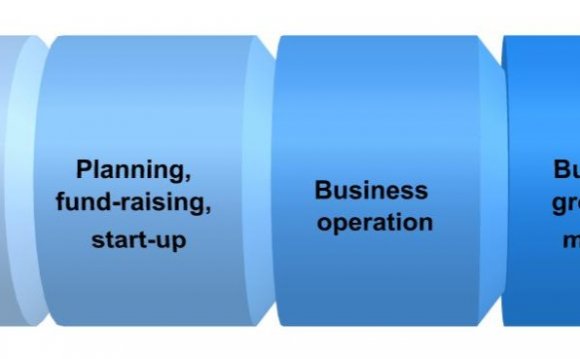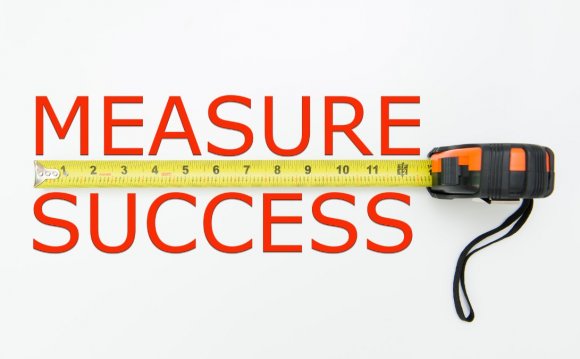
With less than two months until the start of a new year, it’s time to start thinking about business development planning.
Planning begins with the setting of goals and while we all know the value of goal setting, I regularly see marketing communication firm’s business development achievements hampered by aiming at the wrong goals. Add to this common problems of poorly aligned compensation incentives and ineffective forecasting techniques and you get a toxic brew that almost ensures a labor-intensive year of much activity and not much real financial success.
In this issue of the Win Without Pitching Newsletter I try to make life simpler for you in the coming year by laying out three simple steps to improved business development planning. I begin with helping you determine the proper business development goals for your firm, then address how to properly align incentives to support the pursuit of these goals, and finally I offer some guidance on a common sales forecasting method used to predict whether or not the firm is on track to meeting these goals.
Follow these three simple steps to ensure that next year is a banner year for business development.
Step One: Set Proper Goals
Success begins by first determining what it is you want. Entering a new year without clearly stated business development goals is a great way to ensure a mediocre year. Many of us have learned this the hard way. But while success begins with setting goals, too often marketing communication firms hamper their business development efforts by selecting the wrong ones.
There are two simple but important annual business development goals to set for your firm. The first is the number of new clients you are targeting for the year, and the second is the income you would like those clients to bring you. In my experience most marketing communication firms are pretty good (although sometimes overly ambitious) at setting the second – sales volume goals, but either neglect the first part (how many clients it will take to reach that volume), or aim for too many clients. Subsequently they end up with a greater number of smaller clients, which contributes to the commoditization of the firm’s offerings and the inherent margin challenges.
Goal #1: Number of New Clients
How many new clients should you be targeting in a year? I put that question to ReCourses founder David C. Baker, management consultant to agency principals. Baker advocates a targeted approach to goal setting, specifically when it comes to the number of clients you should be working with, and the number of clients you can reasonably expect to turn over from year to year.
“You are generally looking for 8-12 active clients at any given time, regardless of size of your firm, ” says Baker. “An average healthy turnover is one-third of those clients per year, [which translates to] 2-4 really great new clients every year.”
Baker explains that the primary focus of your business development efforts is to shape your future client base and manage the 20%-30% churn that you should reasonably expect from year to year. Ideally you lose the bottom 20%-30% of your client roster and replace them with clients that let you do better work at higher margin. And, if growth is your goal, that growth is attained through replacing departing clients with ones who will spend more with you – not through increasing the volume of clients.
Too many small clients is a common problem and one that should be avoided, says Baker. “First, a client that’s too small won’t allow you to make money. Second, you won’t be able to get into their situation deeply enough to make a substantial, identifiable difference on their behalf.”
Quality, not Quantity
I’m struck by how often I hear the more-clients-is-better business development goal. (I recently heard someone beam about winning 15 new accounts in 12 months.) The most profitable expert advisor firms have a manageable number of clients that spend lots of money with them at good margins. The rest are having their firms shaped by the many varied projects that come at them from all angles, bringing the myriad of problems associated with a large base of small clients.
“To a point, more clients will help you spread the risk and keep things interesting, ” says Baker. “But there are far more firms suffering from too many clients than those suffering from too few. The little ‘gnat around your ankle’ clients are usually the ones who want you to execute instead of advise, and they also whine far more in proportion to their size. You could generally lop off your smallest 5 clients and live longer.”
Think for a minute about how things might change in your firm if you stopped taking small project work and forced yourself to limit your total number of clients to no more than twelve, replacing just three a year. You would instantly become more targeted in the work you pursued and more selective in the work you accepted, wouldn’t you? Would your outreach efforts change? Would the tone of your conversations with prospects change? What else about your business development efforts would be affected if your goal was just three lucrative new clients?
Goal #2: New Client Income
If we assume a client churn rate of 20%-30% a year represented by two to four clients, we can easily do the math to determine a replacement income target, and then make adjustments for any desired growth.
INTERESTING VIDEO














